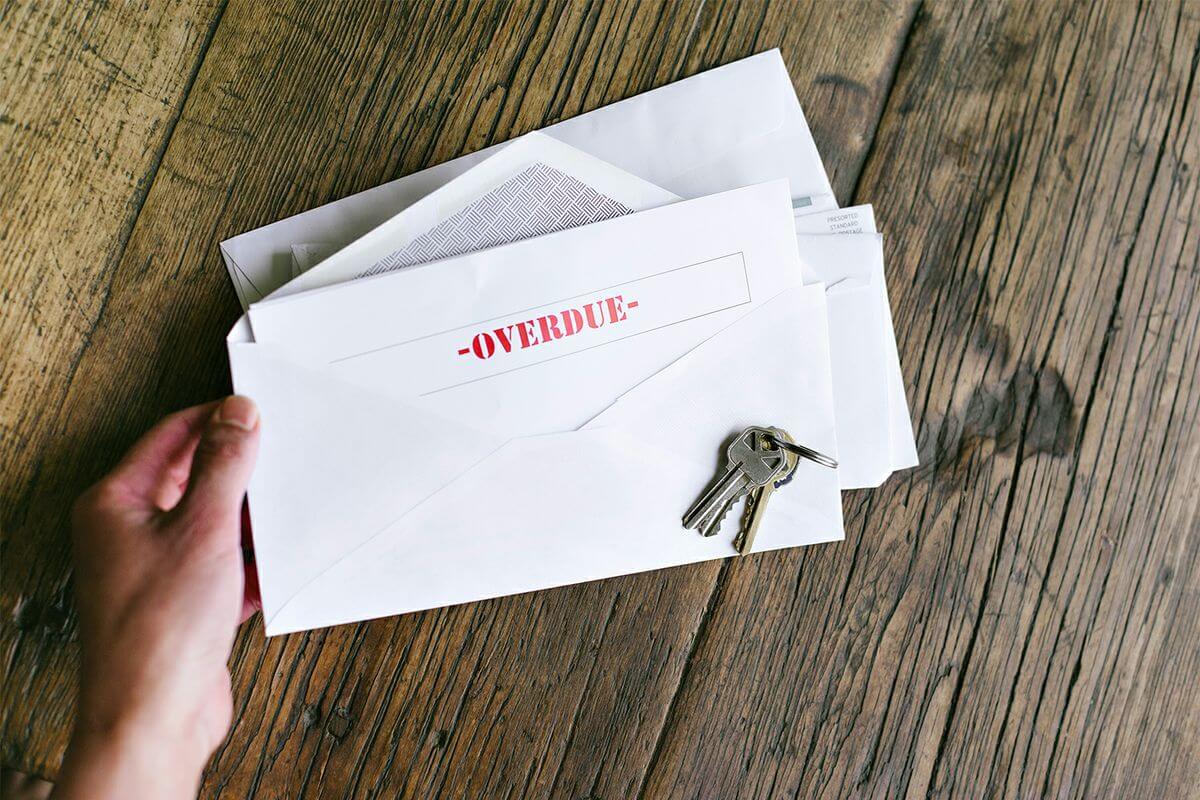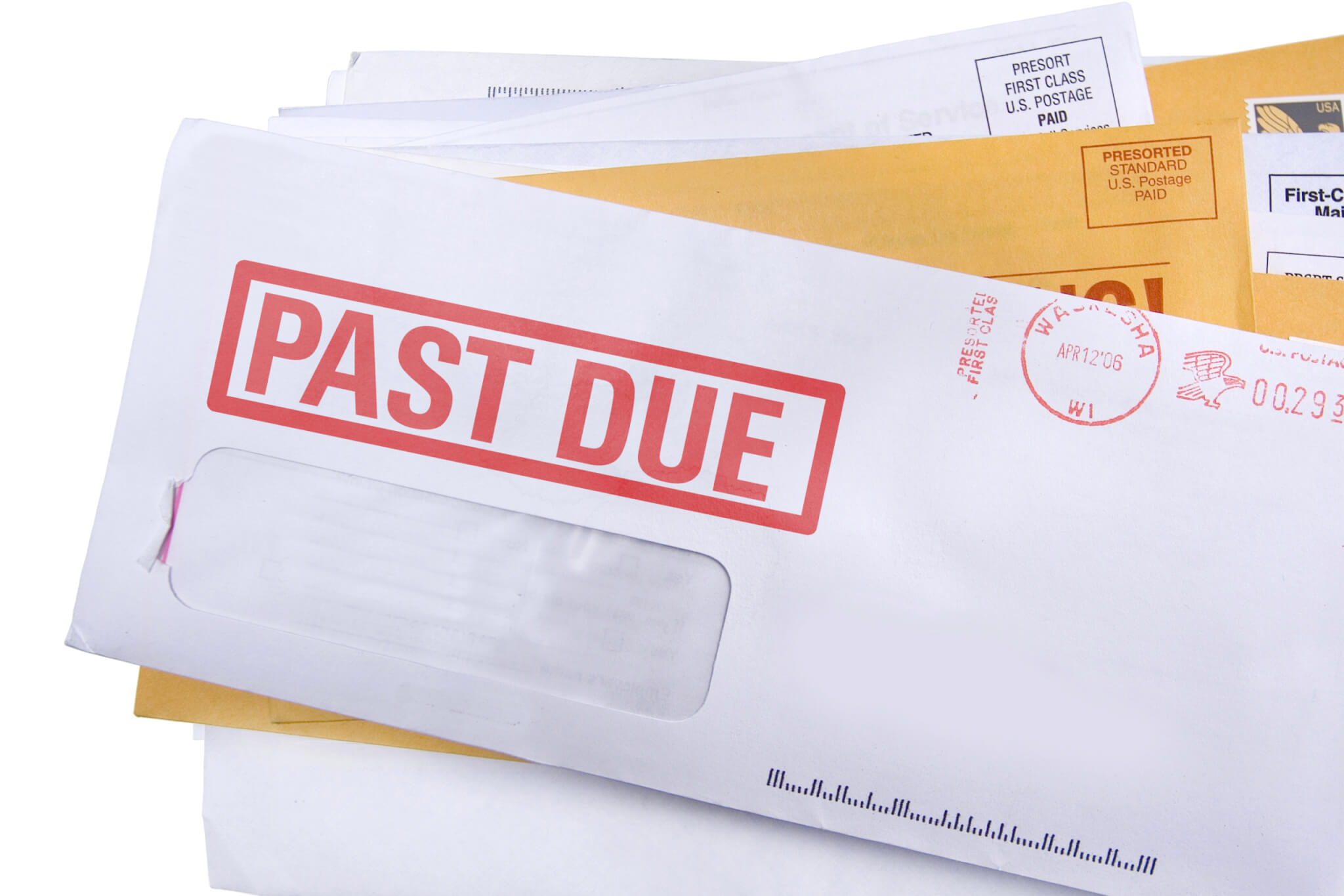
The arduous road of recovering COVID-related rent debt
Bornstein Law can help you think strategically and smartly about recouping rent debt, effectuating a vacancy, or both.
Never in our legal careers have we fielded phone calls from landlords shouldering such astronomical amounts of rent debt. Before the pandemic reared its ugly head, it was routine for our office to assist clients who have missed one, two, or three months' rent. Every now and then, we would have an outlier of a case where a landlord was owed ten or fifteen thousand dollars. Our reaction pre-COVID was one of disbelief. We would wonder aloud why the owner was sleeping behind the wheel for so long and allowed such a massive amount of rent debt to pile up.
Today, it is commonplace for landlords to be owed many months of rent and we are especially moved by those accounts of owners who have not received any rental income at all during the long, dark winter of COVID.
Our office has had a strong preference for demanding rent through a three-day notice over chasing rent debt in court. Why?
When a tenant has been served a 3-day notice to pay rent or quit, there is a sense of urgency for them to fulfill their obligation to come up with the rent or risk the loss of their housing. This is a more ominous threat than having a judgment, which is really only a piece of paper that does not result in the potential loss of housing.
In other words, non-paying tenants do not want to be uprooted and they tend to find the consequence of being evicted more compelling than the possibility that they will have a civil judgment against them, especially if the tenant’s credit is already marred and there is little to lose with another stain on their record.
We know this comes as little solace to clients in Alameda County, where, as of the date of this writing, we are not allowed to serve a notice demanding rent because of the county’s draconian eviction moratorium. Let’s hope and pray that either the court strikes down the blanket eviction ban, or the Alameda County Board of Supervisors decides to take action. Candidate Lena Tam is the most likely candidate to cast the necessary vote to put an end to moratoria and get landlords’ cash flowing again.
For those of you landlords in Alameda County drowning in rent debt, we impart some words here →
For maximum leverage, consider simultaneously serving a 3-day notice and commencing a lawsuit for the recovery of COVID-related rent debt.
In this hybrid approach, landlords can demand current rent while also seeking COVID-related rent debt in small claims or Superior (“regular”) court. Although a recent law allows landlords to pursue a judgment in small claims court for nonpayment of rent accrued during certain time periods irrespective of the dollar amount, this venue can be akin to a kangaroo court. Landlords may find themselves in front of a “pro tem”, volunteer judge and come out of small claims court horribly disappointed after losing what was expected to be a slam dunk case.
For this reason, the Superior Court, or what we might dub a “regular” court may be an option when the amount of debt is so large that the plaintiff landlord does not want to roll the dice in small claims court but wants more due process and attorney representation.
We also need to put a finger on the caliber of the tenant who owes the rent debt and the likelihood of collecting the money owed. Does the defendant have assets, a good job, and upward mobility in their career? Or is the tenant destitute? This will be a factor in deciding whether to escalate the matter to regular court, and this is a good segway into our next point.

Sometimes, clients have a pleasant surprise months or years down the road
If a judgment is obtained, it is valid for 10 years but can be renewed for another 10 years. Every so often, we call up a client with the good news that the debtor applied for a car loan and was denied because there was a flaming beacon of a judgment on their report, and all of a sudden, the applicants want to take care of it.
Or perhaps the tenant attempts to buy or sell property, only to find there are liens on said property. The debtor then comes out of the woodwork to pay what is owed.
What we have found is that if collectible at all, many judgments are recovered far-flung in the future. It stands to reason that when a tenant is evicted for nonpayment of rent, he or she doesn’t have the income or assets for the landlord to go after immediately following a hardship. Fast forward to the future and there may be a positive change in their employment status and economic outlook.
Some personal sleuthing and enforcement are in order, and this is a harrowing process. Many landlords will not have the stomach for this.
If the nonpaying tenant has been transitioned out of the rental unit through an unlawful detainer action or has flown the coop on their own, is there any idea of where the tenant might be? An abstract of judgment can be sought in the county where the transplanted tenant resides. This formally records the judgment against the tenant’s name.
Yet levying assets that may be known of, or examining a judgment debtor in court to locate unknown assets in court is a thankless task.
You’ll be hard-pressed to find third-party collection agencies to touch these types of cases, so you really want an attorney to go through the carefully choreographed steps of enforcing a judgment. Bornstein Law is not that type of firm, but we can refer you to other attorneys who might be willing to go on this trek with you. Given the level of work that goes into tracking down the tenant and their assets and the dismal chances of collecting the rent debt, there are not many attorneys who will be interested in taking on the job.
AB 1477 adds insult to injury.
Judgment creditors already face an uphill battle to recover COVID-related rent debt, but the Governor signed into law a spate of new employment laws which favor employee rights and expand the obligations of employers. Among them is a statute that, effective September 1, 2023, will limit the use of wage garnishment in the collection of debts, including the mountain of rent debt that has accrued during the pandemic.

“Under this legislation, owners of rental housing - many of whom have gone more than two years without collecting rent - would lose one of their last tools for recouping their losses during the pandemic…. This includes back rent from wealthy tenants who fraudulently claimed COVID hardships.”
~ Tom Bannon, CEO of the California Apartment Association
By passing AB 1477, the California Legislature has revised the formula used to calculate the portion of a debtor’s wages that can be garnished to satisfy a judgment. The maximum amount of disposable earnings of a judgment debtor for any workweek that is subject to a levy must not exceed the lesser of 20% of the individual’s disposable earnings for that week or 40% of the amount by which the individual’s disposable earnings for that week exceeds 48 times the state minimum hourly wage.
Debtors with menial jobs may discover how to get around the system by working fewer hours or perhaps working for a couple of employers and picking up minimal hours here and there.
Parting thoughts
Our office has been aggressive in serving 3-day notices to “light a fire” under tenants who owe rent. The prospect of being displaced is much more distressful than the threat of a judgment. Notices nowadays can be tricky to draft up and you are strongly advised to consult an attorney when preparing any demands for rent. Many eviction actions are lost in court, not because the tenant failed to pay rent - that fact is a given - but because the notice was flawed or improperly served.
Sadly, we are not all that optimistic about the likelihood of collecting rent debt, but the chances improve when the tenant is educated, has a good job, and a lifetime of prosperity ahead of them.
